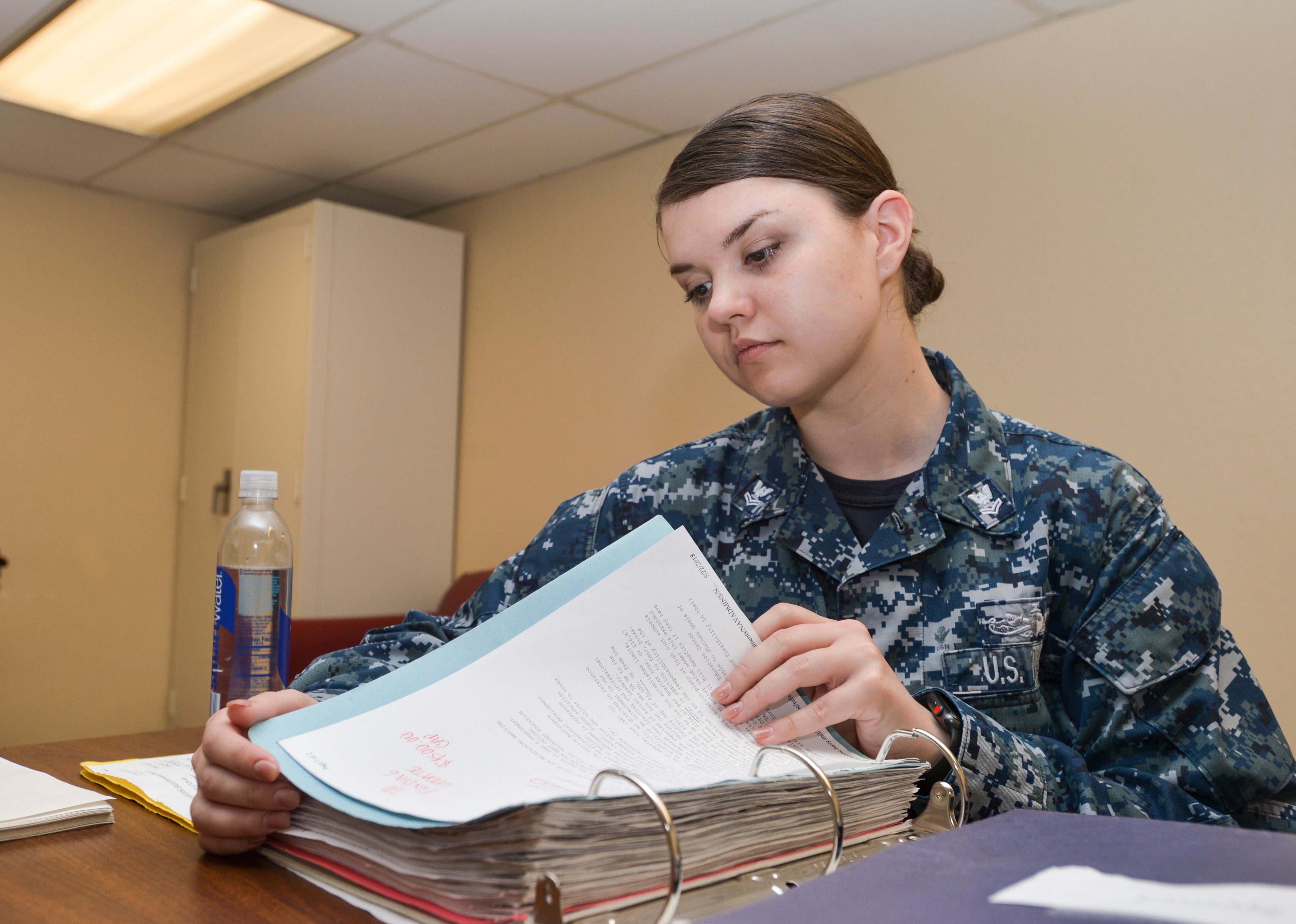The Navy’s tuition assistance dollars will dry up at the end of May and unlike in past years the Pentagon won’t refill the coffers, officials say.
Sailors who already possess an approved TA voucher won’t be affected, but all others will be banned from tapping funds to pay for classes until at least Oct. 1, when the new fiscal year’s budget is slated to kick in, according to NavAdmin message 114/19.
The May 21 directive indicates that the service plans to tighten eligibility rules for the TA program in the fall, including barring service members from using the funding during their first two years on active duty.
The Navy also will drop the maximum annual credit limit to $3,000, which translates to 12 credit hours at $250 per hour.
For the first time, the new rules will cap voluntary education usage over a Navy career at 120 semester hours, about the number of credits needed to earn a bachelor’s degree.
And these limitations will apply not only to the Navy’s TA program but also the Navy College Program for Afloat College Education, which offers instructor-led classes and distance education for deployed sailors on board vessels.
As late as two months ago, Pentagon officials told Navy Times that they were trying to scrounge extra dollars for the TA program while holding current rules in place. But those efforts apparently fizzled.
“We anticipate that TA funding will run out this month with no additional funding to be made available for the remainder of FY-19,” Chief of Naval Personnel Vice Adm. Bob Burke wrote in a message to all of the Navy’s flag officers on Monday.
Burke warned that there was no “flexibility” to “augment the program” with more dollars because the Navy had “higher priority unfunded requirements” this year.
The message didn’t detail what those requirements were.
Burke wrote that he’s “aware these changes will not be popular with our sailors” and asked for help from his fellow flags to convey the message that the new restrictions are unavoidable because “our plans to build to a 355-ship Navy are costly and all programs are being scrutinized and optimized to that end."
Burke said that the Navy instituted the restrictions in order to “maintain TA program solvency and ensure availability to the greatest number of sailors.”

In his NavAdmin directive, Burke indicated that TA demand is running 30 percent higher than last year, sparked by the service’s decisions to lift the previous 16-semester hour cap and speed delivery of funding through the Navy College Virtual Education Center.
Burke expressed concerns that too many sailors took multiple courses without completing their degrees and that junior service members were “maxing out TA usage at a time in their Navy career when they should be focused on warfighting and warfare qualifications."
“The Navy is, first and foremost, a warfighting organization,” wrote Burke. “We need qualified and proficient warfighters.”
Burke’s order did not embrace a proposal advocating a ban on all TA funding for third class petty officers and below.
When FY 2020 funds become available for both TA and Navy College Program for Afloat College Education, commanders will not be allowed to issue waivers to officers and enlisted personnel who have yet to reach two years of active service, according to the directive.
Burke urged sailors who won’t be able to use these programs to contact the Navy’s Virtual Education Center to explore the “GI Bill, scholarships or financial aid.”
In his message to flag officers, Burke indicated that students using TA and Navy College Program for Afloat College Education funding in FY 2020 must “be working toward a clearly defined degree program vice taking random courses."
Burke’s announced restrictions on college programs is another indication of a broader push within the sea service to remove what senior leaders consider distractions for junior sailors so they can focus on mastering their ratings, damage control and watch stations.
Navy officials continue to debate limits on junior sailors pursuing multiple warfare pins and taking on collateral duties.
Mark D. Faram is a former reporter for Navy Times. He was a senior writer covering personnel, cultural and historical issues. A nine-year active duty Navy veteran, Faram served from 1978 to 1987 as a Navy Diver and photographer.





